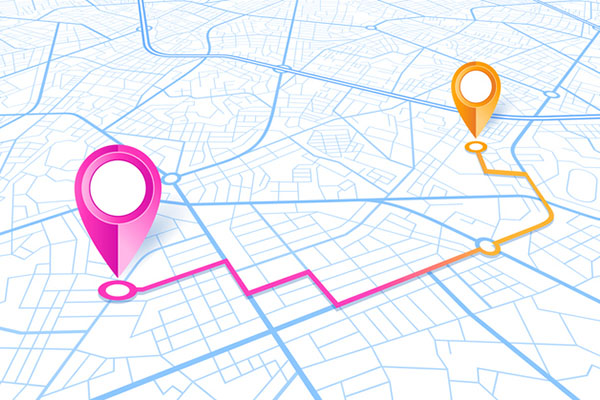The Consumer Brands Association recently released an operational standard for contactless freight pickup and delivery designed to empower companies to shift from an archaic paper-based delivery process to a digitized supply chain.
Spokesmen say this will enhance safety, increase productivity and bring transparency to every employee involved in the end-to-end supply chain ecosystem.
At the beginning of the pandemic, the consumer packaged goods industry faced the enormous dilemma of continuing to produce and deliver the essential products Americans needed to stay home and stay safe, while also protecting the health and safety of truck drivers, CPG facility employees and their families.
In June 2020, Consumer Brands and its partners Vector, Accenture and Coyote Logistics convened the Contactless Freight Pickup and Delivery Task Force, comprised of CPG companies, carriers and retailers to solve this problem.
“The COVID-19 pandemic forced CPG and our adjacent industries to rapidly innovate and accelerate technologies to keep our workforce safe and ensure store shelves remained stocked,” says Geoff Freeman, president and CEO of the Consumer Brands Association. “As we emerge from the pandemic, companies are taking the best lessons learned — like the contactless operational standard — and applying them to maximize efficiencies as the industry shifts from the challenges of COVID-19 to unprecedented cost pressures and inflation.”
The operational standard is a set of data requirements for the critical steps in the pickup and delivery process, from the moment drivers arrive at a facility ready to pick up CPG goods to the moment they make their delivery.
The collaborative workflows create a “control tower” view of the entire supply chain, improving visibility and aligning to key performance indicators. By digitizing the pickup and delivery process, the contactless standard eliminates an estimated 2 tons of paper per year at each facility, protects driver and employee health by reducing physical interaction and lowers costs by reducing the amount of time spent by drivers and facility employees at each pickup or drop off.
On average, the contactless delivery workflows reduced driver dwell time by 40 minutes at each facility, giving drivers more time on the road. By adopting the standard, stakeholders can operate more efficiently and better serve the consumer.
“The supply chain and trucking industries rely on surprisingly old-fashioned systems — paperwork, and lots of it,” says Tom Madrecki, vice president of supply chain and logistics at Consumer Brands. “Consumer Brands’ Contactless Freight Pickup and Delivery Task Force has taken a significant step forward to accelerate progress, creating a data and technology standard for how companies can become contactless and eliminate paperwork.”
He adds that the potential to save time, money, employee resources and the environment is on the table, and they are only scratching the surface.
“Leveraging the contactless standard and replacing paper with digital transactions is a no-brainer for any shipper or receiver, enabling next-generation supply chains to become more efficient and resilient,” he concludes.
Chris Adderton, vice president, Council of Supply Chain Management Professionals, is among those members who endorses the findings.
“Based on the validation provided by the pilot programs, it is clear building to a standard will provide a safer, more efficient and more accurate pickup and delivery process which will improve the performance of the supply chain,” he says.
Nick Shroeger, chief network solutions officer, Coyote Logistics, concurs.
“As a global third-party logistics provider, we work with thousands of carriers every day and we understand the pain points that inhibit driver adoption,” he says. “From our point of view, creating a new standard is arguably more valuable than any one piece of new technology that is introduced in our industry.”
Digitization and automation are key to building more resilient supply chains, concludes Will Chu, co-founder and CEO, Vector.
“As the technology advisor in the task force, it was important for us to develop an open standard which gave logistics partners the flexibility to become contactless with their technology of choice.”
SC
MR


Latest Supply Chain News
- Inflation, economic worries among top supply chain concerns for SMBs
- April Services PMI declines following 15 months of growth, reports ISM
- Attacking stubborn COGS inflation with Digital Design-and-Source-to-Value
- Despite American political environment, global geopolitical risks may be easing
- Joseph Esteves named CEO of SGS Maine Pointe
- More News
Latest Podcast

 Explore
Explore
Business Management News
- Inflation, economic worries among top supply chain concerns for SMBs
- April Services PMI declines following 15 months of growth, reports ISM
- Attacking stubborn COGS inflation with Digital Design-and-Source-to-Value
- Joseph Esteves named CEO of SGS Maine Pointe
- Employees, employers hold divergent views on upskilling the workforce
- April manufacturing output slides after growing in March
- More Business Management
Latest Business Management Resources

Subscribe

Supply Chain Management Review delivers the best industry content.

Editors’ Picks





